There was a time when grabbing a cone from your favorite local ice cream shop was more than a treat—it was a tradition. Whether it was the neon glow of a TCBY sign on a summer night or the comforting clatter of dishes at a Friendly’s booth, these spots weren’t just about dessert—they were about memories. But as consumer tastes change, competition tightens, and chains struggle to modernize, some of the country’s most iconic frozen treat destinations are quietly melting away.
Frozen yogurt booms have come and gone, and once-thriving chains like Pinkberry, Everything Yogurt, and 16 Handles now find themselves in a frosty battle for relevance. Others, like Jahn’s and Herrell’s, survive on nostalgia and loyal hometown crowds, but the writing’s on the wall. Many of these places have shuttered dozens—if not hundreds—of locations, scaling back from national darlings to regional curiosities. Some are hanging on by just one or two shops. And while a few are plotting comebacks, the truth is: a scoop of survival is never guaranteed.
In this list, we’re spotlighting 11 ice cream and frozen yogurt shops that, despite once being household names or local legends, might not be around much longer. Some are weathering economic storms and ownership changes, while others are quietly bowing out as trends shift toward gourmet, small-batch, or health-driven alternatives. Their stories are a mix of triumph, nostalgia, and reality—and if you’ve got fond memories tied to any of these chains, now might be the time to savor them one last time.
From soft-serve legends to froyo trailblazers, these shops helped shape how America does dessert. But as their footprints shrink, we can’t help but wonder—will they survive the next summer rush, or melt into memory? Let’s take a closer look.
1. Jahn’s
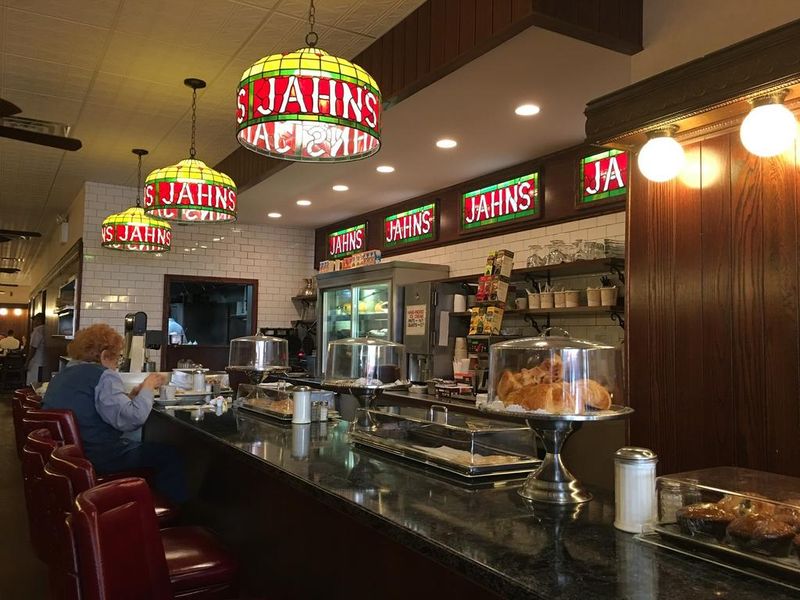
Founded in 1897 in the Bronx, Jahn’s ice cream parlors once dotted the New York landscape with their old-fashioned soda fountain charm. Today, just one survivor remains in Jackson Heights, Queens.
The last Jahn’s still serves its famous “Kitchen Sink” sundae – a massive treat originally designed for eight people to share. Red vinyl booths and vintage memorabilia transport customers back to simpler times when families gathered around enormous ice cream creations.
Rising rents and changing neighborhood demographics threaten this final outpost of ice cream history. Each day it stays open feels like borrowed time for this sweet slice of Americana.
2. Herrell’s
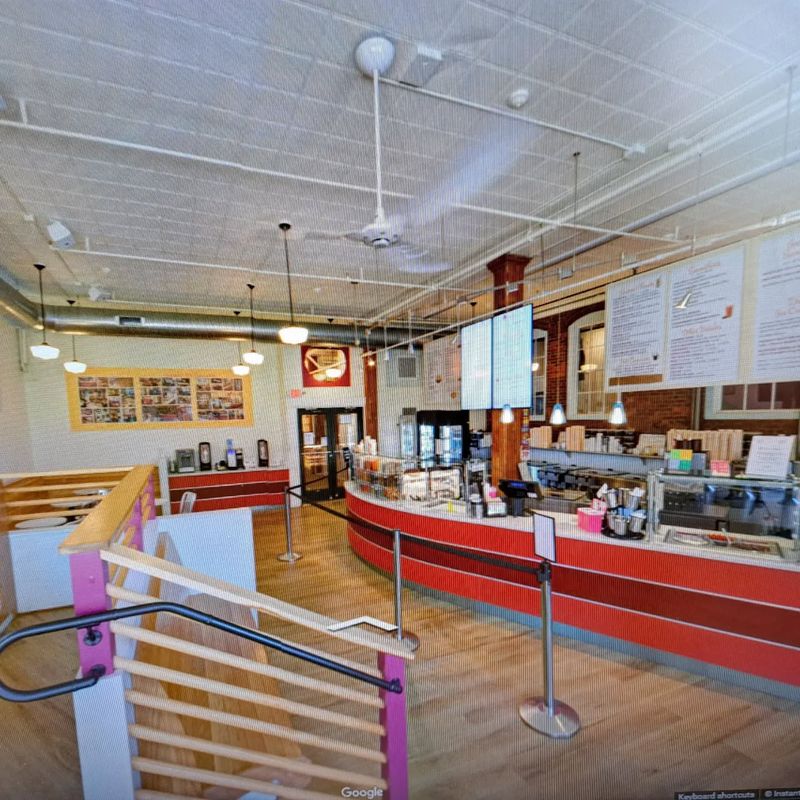
Steve Herrell revolutionized ice cream when he opened his first shop in 1973, introducing mix-ins long before Cold Stone or Ben & Jerry’s made them famous. His Northampton, Massachusetts flagship store continues the tradition of crushing candies and cookies into fresh-made ice cream.
Once expanding throughout New England, Herrell’s has contracted to just a couple of locations. The original shop maintains its homemade quality with dense, low-air ice cream that inspired countless imitators.
Despite its legendary status among ice cream aficionados, younger generations increasingly bypass this pioneer for trendier options, putting its future in jeopardy.
3. TCBY
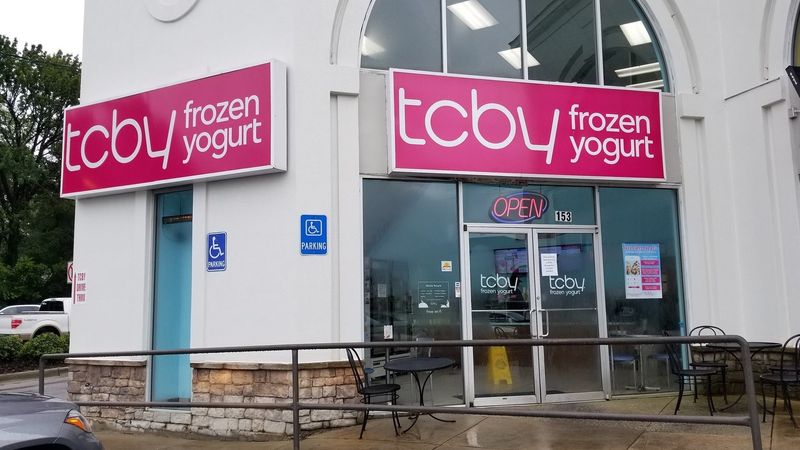
Remember when TCBY was everywhere? The Country’s Best Yogurt once claimed over 1,800 locations nationwide as the undisputed king of frozen yogurt. Those glory days are long gone.
Down to roughly 127 stores today, TCBY struggles against newer froyo competitors and changing dessert trends. The chain that pioneered the concept of healthier frozen treats now fights for relevance in a market it helped create.
Many mall-based locations have disappeared, leaving loyal fans wondering how much longer they’ll be able to enjoy their favorite swirls topped with fruit and candy pieces.
4. Cups Frozen Yogurt
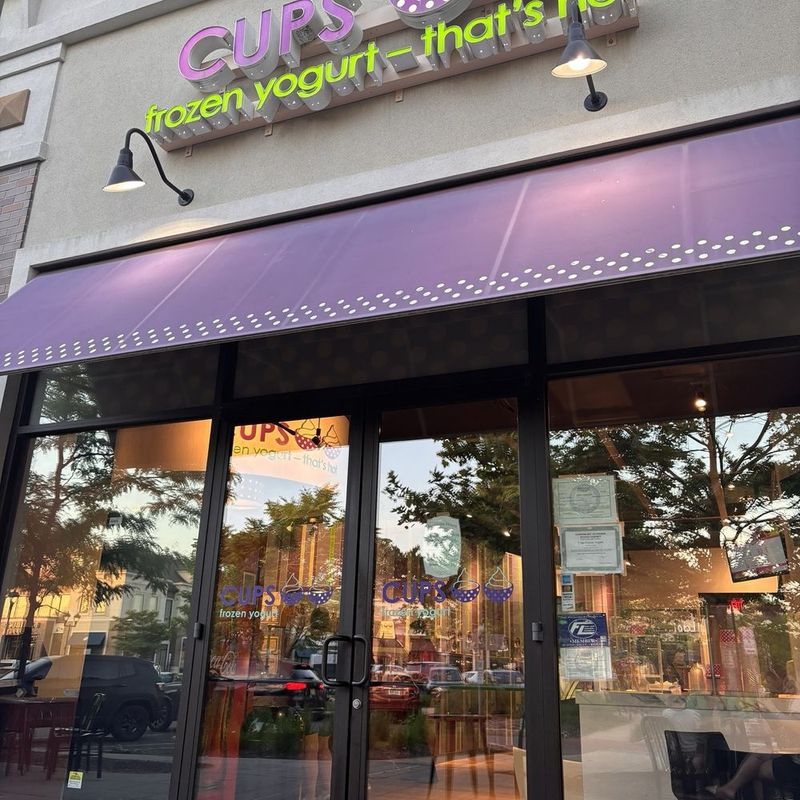
Cups wasn’t your parents’ froyo shop. With nightclub lighting, dance music, and provocative marketing, this edgy chain targeted young adults looking for dessert with attitude during the early 2010s froyo boom. Rapid expansion gave way to equally swift contraction as the novelty wore off.
Many locations that once had lines out the door now sit empty, with remaining shops struggling to maintain the energy that once made them hot spots.
The brand’s unique club-like atmosphere and self-serve model couldn’t sustain it through shifting consumer preferences. For the remaining Cups locations, each season might be their last dance.
5. Pinkberry
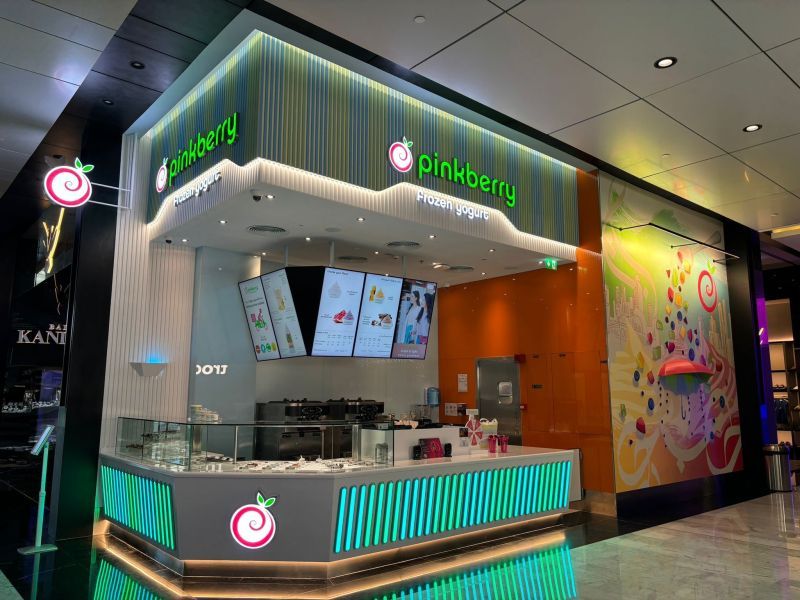
Pinkberry sparked a nationwide obsession with tart frozen yogurt when it launched in 2005. Lines wrapped around blocks for its distinctive tangy yogurt topped with fresh fruit in sleek, minimalist stores. Celebrity endorsements and rapid expansion made Pinkberry the “it” dessert of the late 2000s.
The chain that once seemed unstoppable has retreated from entire cities like New Orleans, closing dozens of locations as the froyo trend cooled.
Now owned by Kahala Brands, Pinkberry struggles to maintain its premium image while competing with cheaper self-serve options. Its remaining stores serve as reminders of a simpler time before the pandemic reshuffled our dessert priorities.
6. Friendly’s
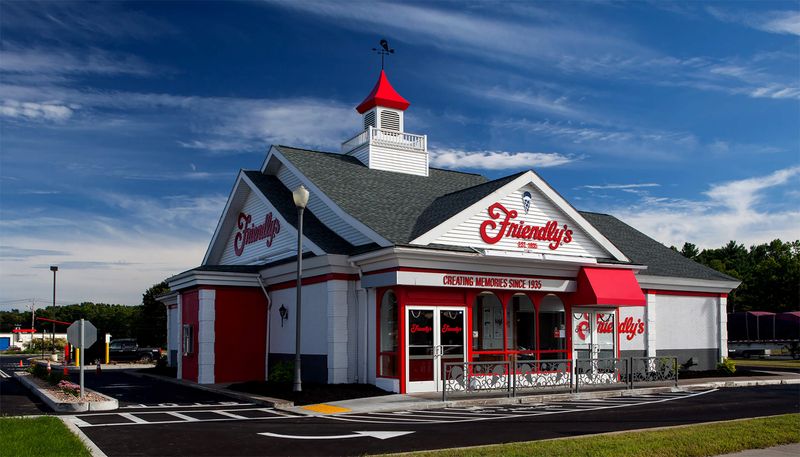
For generations, Friendly’s restaurants combined family dining with ice cream treats that created lasting memories. Founded in 1935 during the Great Depression, the chain grew to 850 locations by the 1990s, becoming a northeastern institution.
Multiple bankruptcies and closures have shrunk Friendly’s to just over 100 restaurants today. Many families have watched their local Friendly’s disappear, taking with it birthday celebrations and post-game Fribble milkshakes.
The remaining locations soldier on, banking on nostalgia while attempting to modernize. Each closure feels like losing a piece of Americana where countless first dates, family dinners, and ice cream sundaes once created community connections.
7. 16 Handles
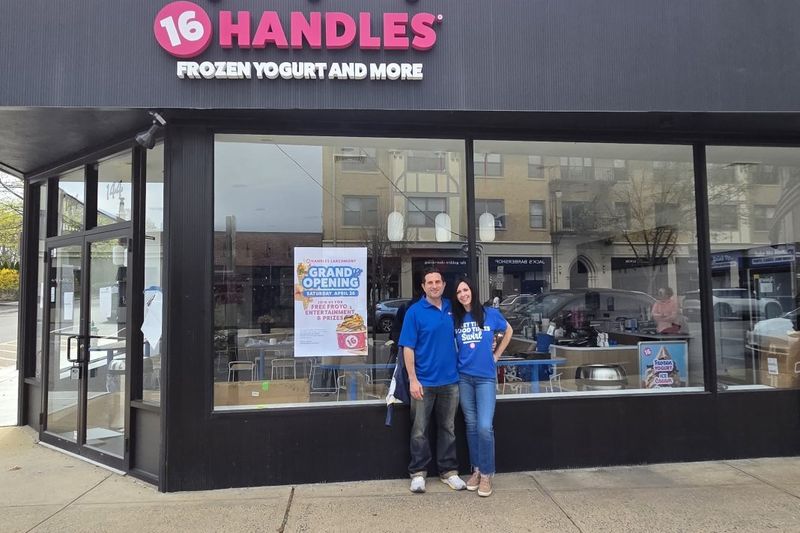
16 Handles burst onto the scene in 2008 as New York City’s first self-serve frozen yogurt shop, quickly becoming the cool place for customizable desserts. With its environmental focus and 16 rotating flavors, the chain expanded rapidly throughout the Northeast.
Recent years haven’t been kind to this once-thriving brand. Multiple locations have shuttered, leaving empty storefronts where teenagers once gathered to create towering yogurt masterpieces.
New ownership has ambitious revival plans, but success isn’t guaranteed in today’s competitive dessert landscape. The remaining shops hope their focus on plant-based options and sustainability will connect with younger customers before more handles turn off permanently.
8. Yogurtland
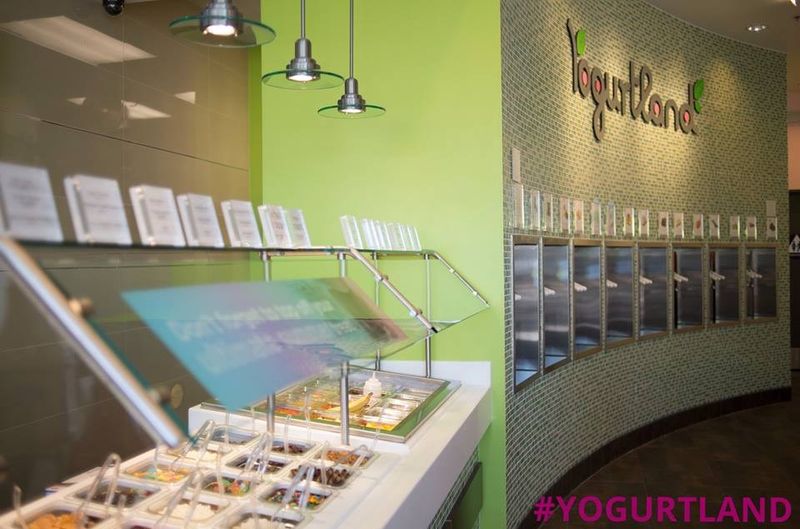
Yogurtland’s cheerful green and pink stores once seemed destined for global domination. The self-serve chain expanded aggressively across America and internationally, with its “you rule” philosophy letting customers control every aspect of their frozen treat.
Australia once embraced Yogurtland enthusiastically, but the entire country’s operations have since shut down. This international retreat signals trouble for a brand that once seemed unstoppable. In the United States, Yogurtland shows signs of life with selective new openings.
The company’s survival strategy focuses on high-performing locations and menu innovation, but industry experts question whether these efforts will be enough to prevent further melting of its market presence.
9. Good Humor

The sound of the Good Humor truck’s jingle once sent children running through neighborhoods across America. Since 1920, the brand’s white-uniformed vendors and distinctive treats defined summer for generations.
While Good Humor products remain available in stores, the company has discontinued beloved classics like the Toasted Almond Bar. The iconic white trucks have largely disappeared from streets, replaced by independent operators selling a mix of brands.
Owned by Unilever since 1961, Good Humor continues producing ice cream bars but focuses primarily on grocery distribution. For many Americans, the brand exists more as a memory than an active part of their summer traditions, its presence fading like the distant music of an ice cream truck.
10. Tastee Freez
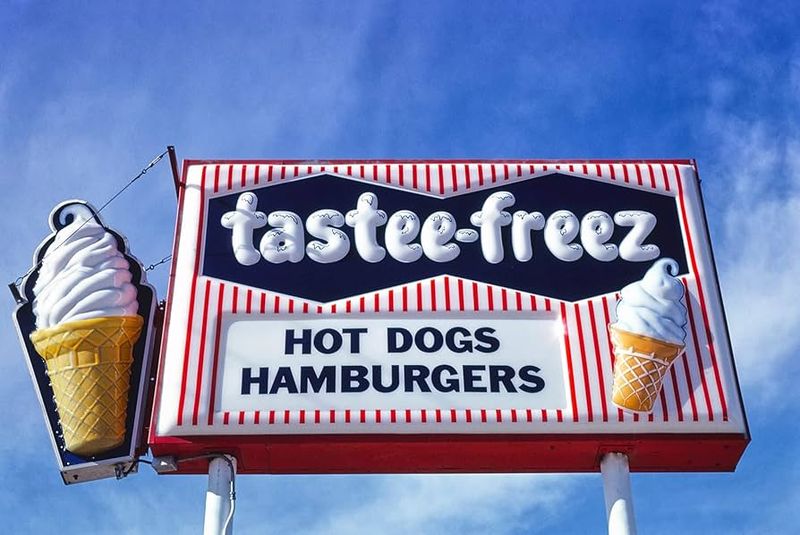
Tastee Freez pioneered soft-serve technology in 1950, creating a system that maintained perfect ice cream consistency. At its height, over 1,500 locations served their signature cones with the distinctive curl on top.
Today, finding a Tastee Freez requires dedication. The chain that inspired the Beach Boys to mention it in their hit song “Fun, Fun, Fun” has dwindled to a fraction of its former presence, with many remaining shops operating as seasonal stands in small towns.
Loyal fans still seek out these ice cream time capsules for their classic dipped cones and sundaes. Each remaining location preserves a slice of mid-century Americana that becomes more endangered with each passing summer.
11. Everything Yogurt
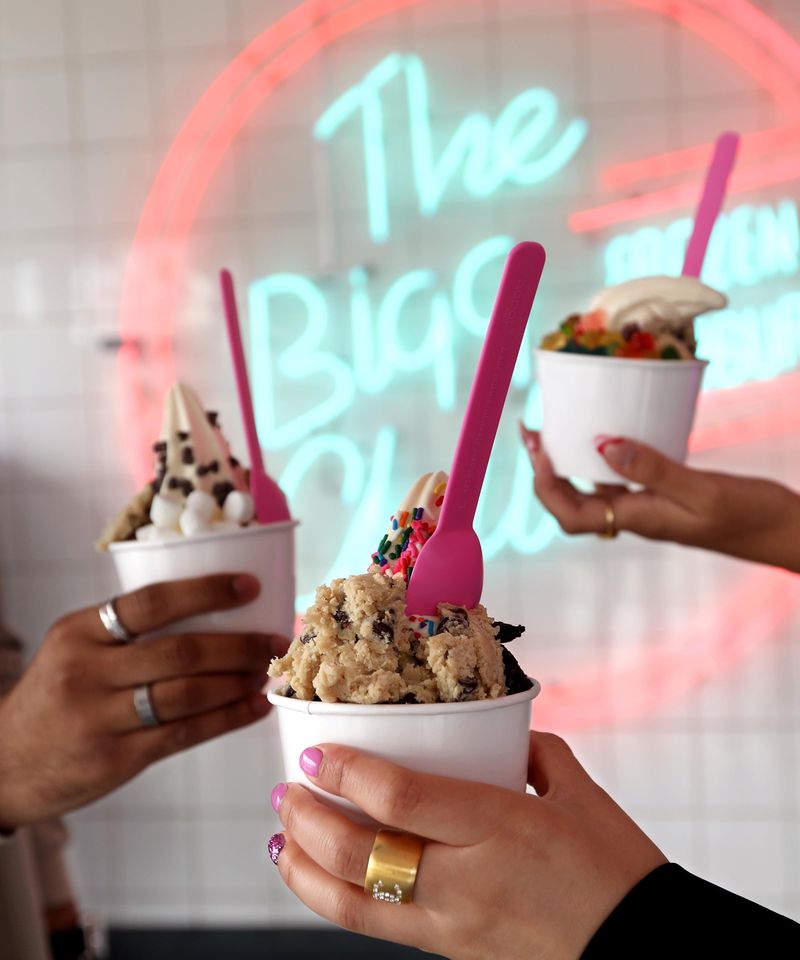
Everything Yogurt exemplifies the boom-and-bust cycle of frozen dessert trends. Founded in 1977, this pioneer of mall-based frozen yogurt expanded to hundreds of locations during the 1980s and 1990s yogurt craze.
From those hundreds of shops, just one remains – a solitary New York City location fighting to preserve the brand. Before TCBY and Pinkberry, Everything Yogurt introduced millions of Americans to frozen yogurt as a healthier alternative to ice cream.
The lone survivor operates as a living museum of froyo history, serving original recipes to loyal customers. Without intervention, this final outpost could disappear, erasing a brand that helped launch an entire dessert category into the American mainstream.
Leave a comment